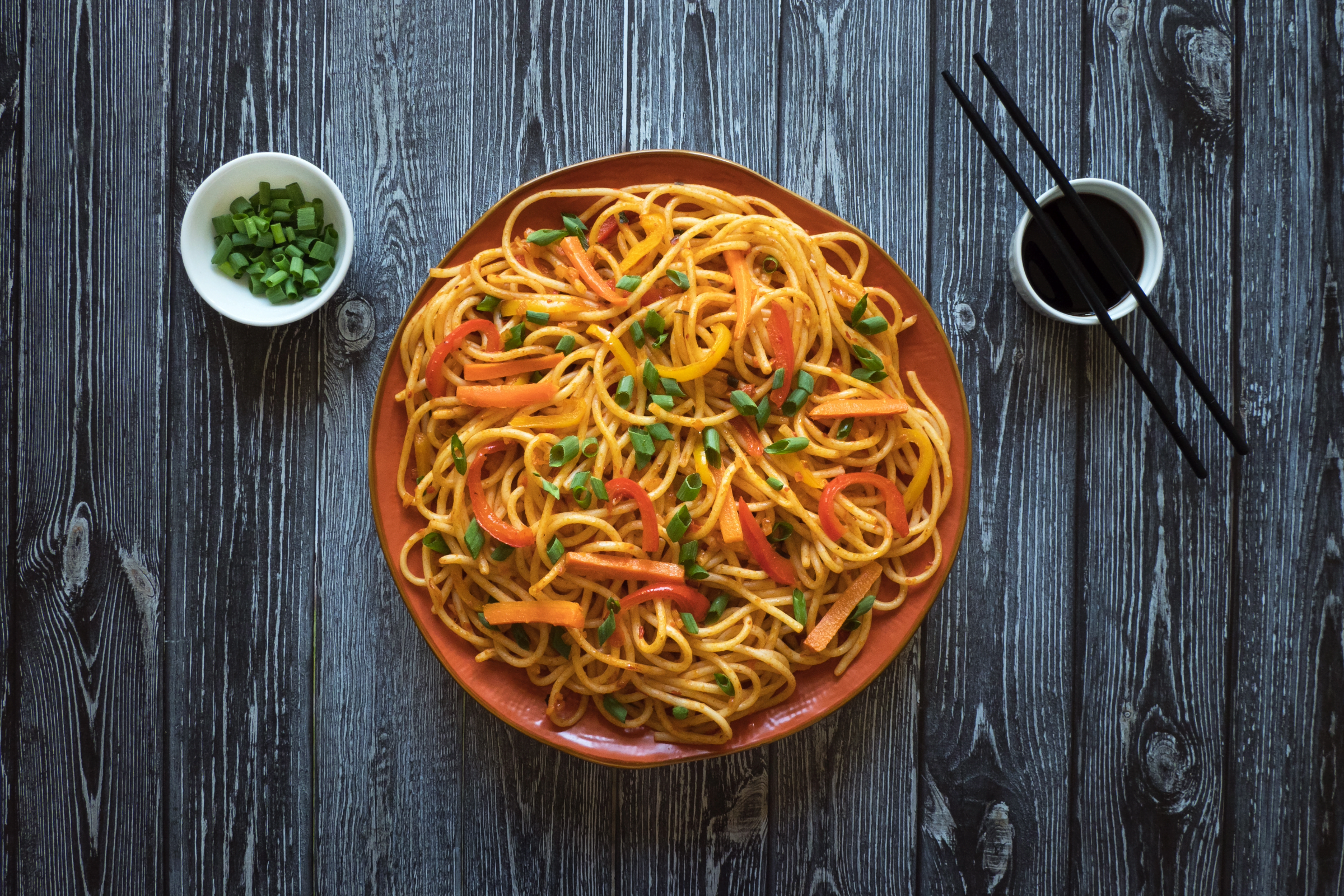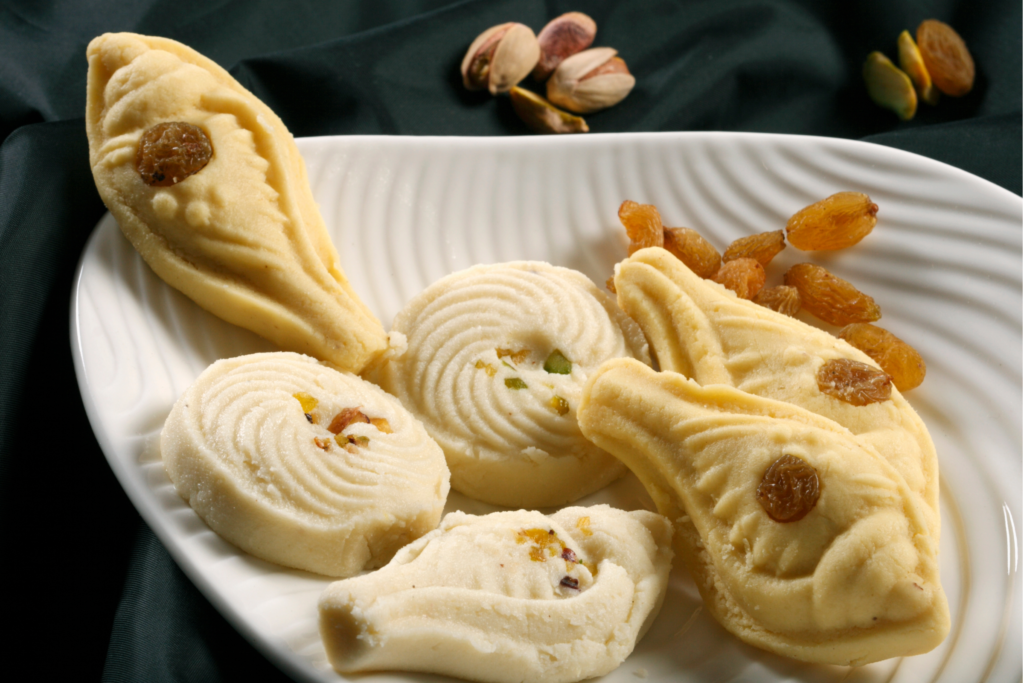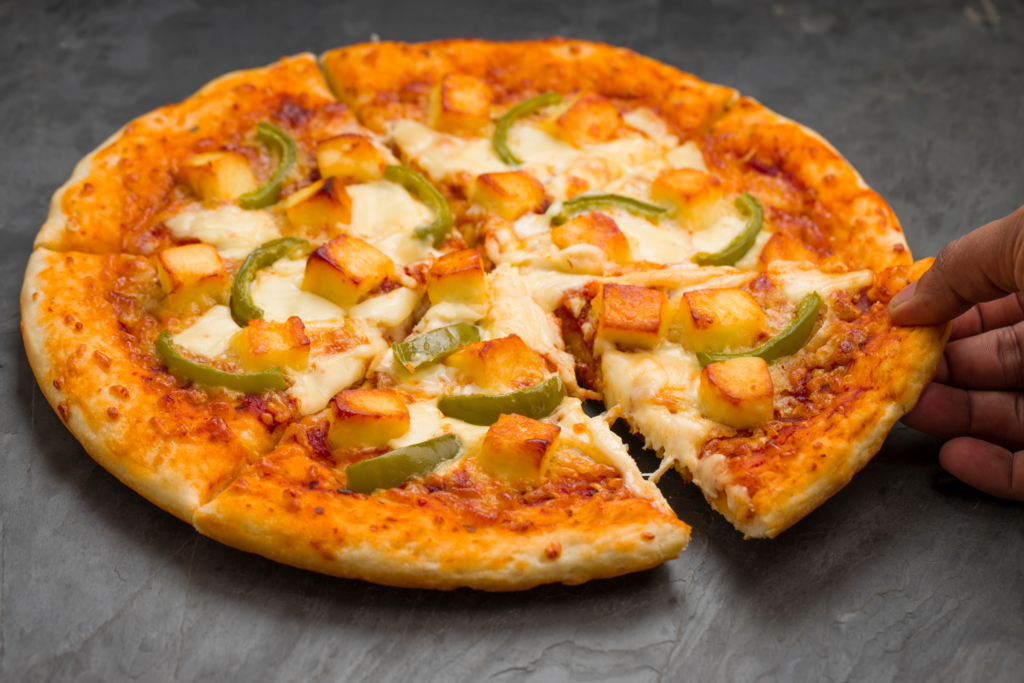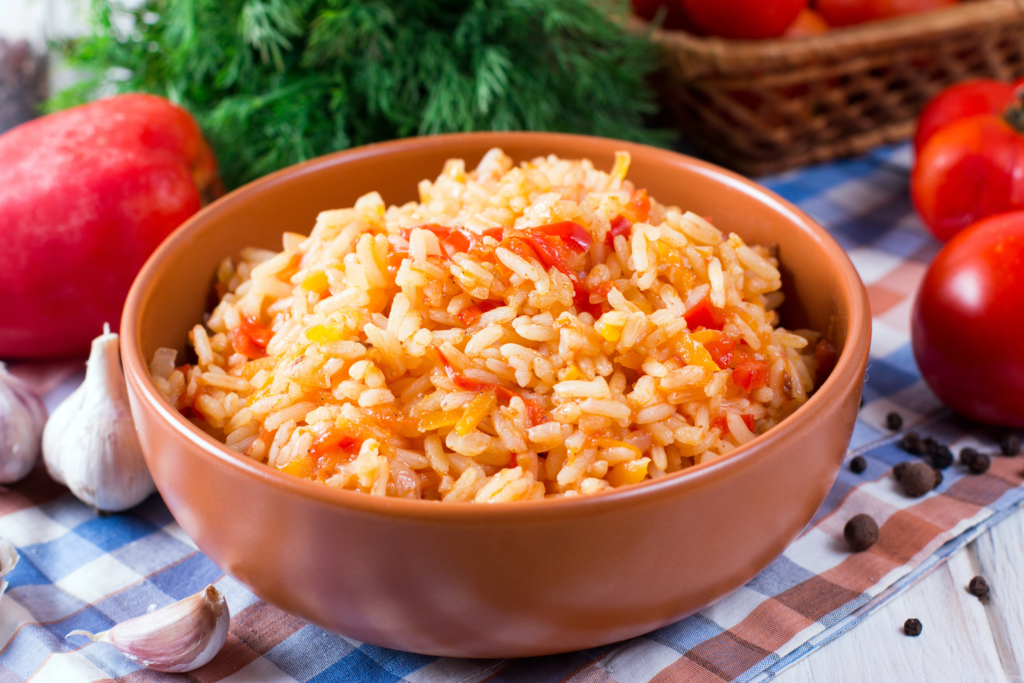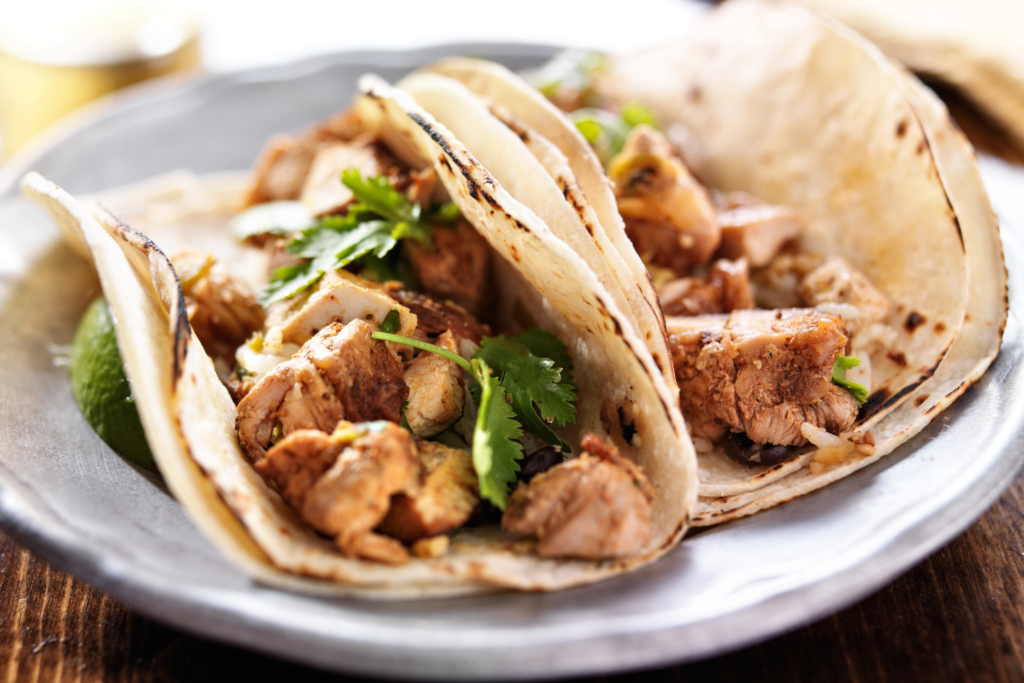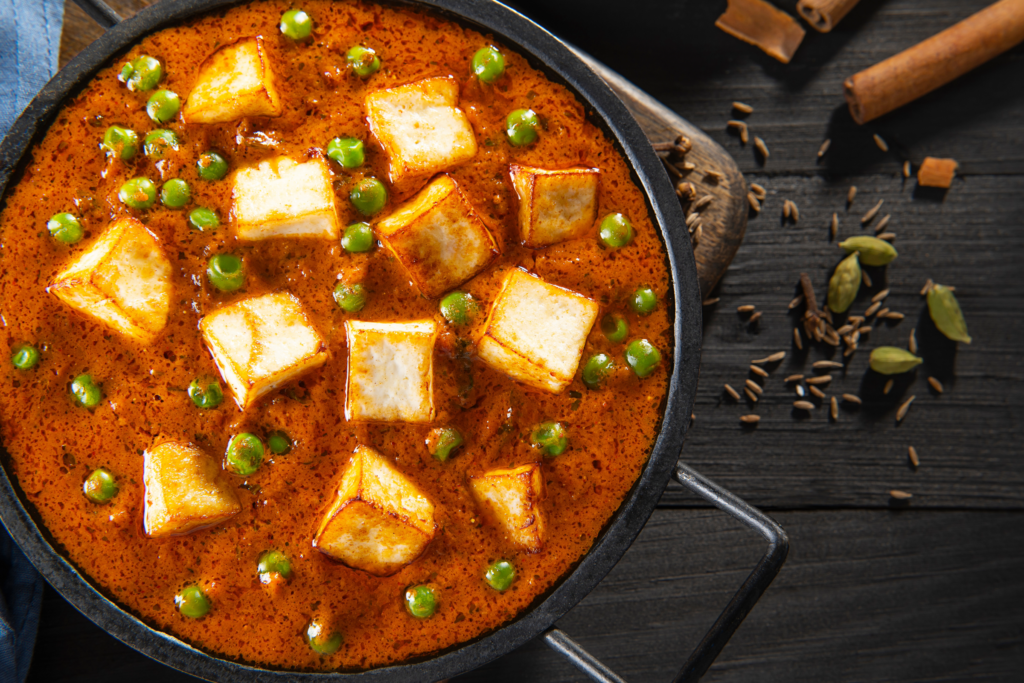Get ready to explore the world of Indo-Chinese cuisine with the tantalizing flavors of Hakka Noodles. This beloved dish is a delightful medley of vibrant vegetables, perfectly cooked noodles, and a symphony of savory sauces. In this user-friendly guide, we’ll unveil the secrets of making Hakka Noodles in your own kitchen. From the sizzle of the wok to the fragrant stir-fry, we’ll show you how to create this Indo-Chinese classic that’s not just a meal but a culinary adventure on your plate.
Why Hakka Noodles?
Before we dive into the kitchen, let’s take a moment to understand why Hakka Noodles have won the hearts of food enthusiasts worldwide. Hakka Noodles are all about balance – a harmony of flavors, textures, and aromas. They’re a fusion of Chinese cooking techniques with Indian spices, creating a dish that’s uniquely delicious.
Hakka Noodles are incredibly versatile. They can be a quick and satisfying weeknight dinner, a delicious side dish, or a delightful addition to your party menu. Pair them with your favorite Indo-Chinese gravies or enjoy them as a standalone meal. However you choose to savor them, Hakka Noodles are sure to please.
What Sets Our Recipe Apart?
You might be wondering, “Why make Hakka Noodles at home when you can order takeout?” Well, here’s the secret: homemade Hakka Noodles allow you to customize the flavors to your liking, control the quality of ingredients, and create a dish that’s free from excessive sodium and artificial additives.
Our user-friendly Hakka Noodles recipe ensures that you’ll be able to recreate the authentic taste and experience of this Indo-Chinese classic effortlessly. We’ll guide you through each step, share tips, and provide insights to ensure your Hakka Noodles turn out as flavorful and satisfying as they should be.
Join Us in the Kitchen
Throughout this guide, we’ll provide easy-to-follow, step-by-step instructions to make your Hakka Noodles-making experience a culinary adventure. Whether you’re a seasoned cook or new to Indo-Chinese cuisine, our recipe is designed to ensure your success.
So, grab your wok or a large skillet, gather your ingredients, and let’s embark on a flavorful journey that will transport you to the bustling streets of India and China. Let’s create a plate of Hakka Noodles that’s not just a dish; it’s a celebration of fusion flavors, a symphony of stir-fry, and a culinary masterpiece that you’ll be proud to serve to your family and friends.

